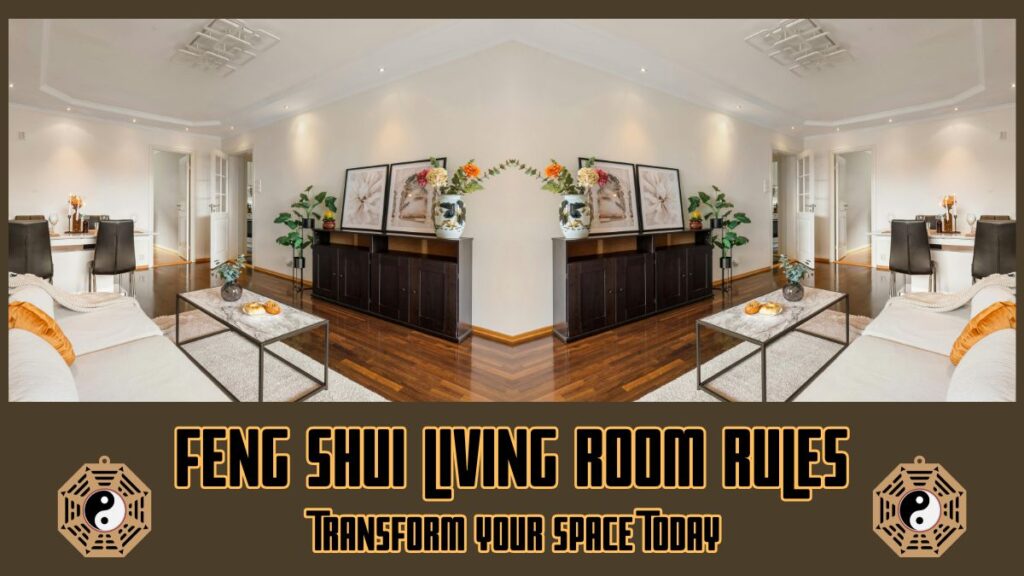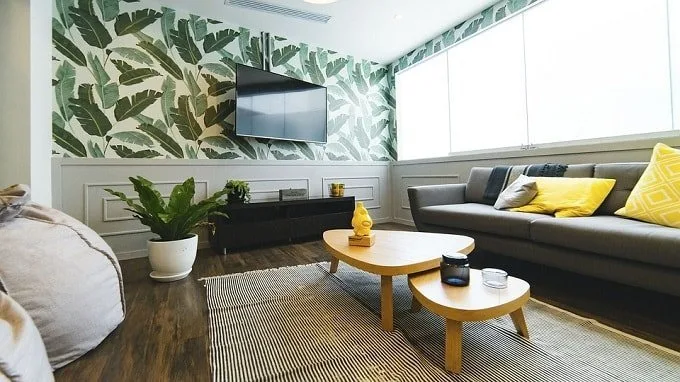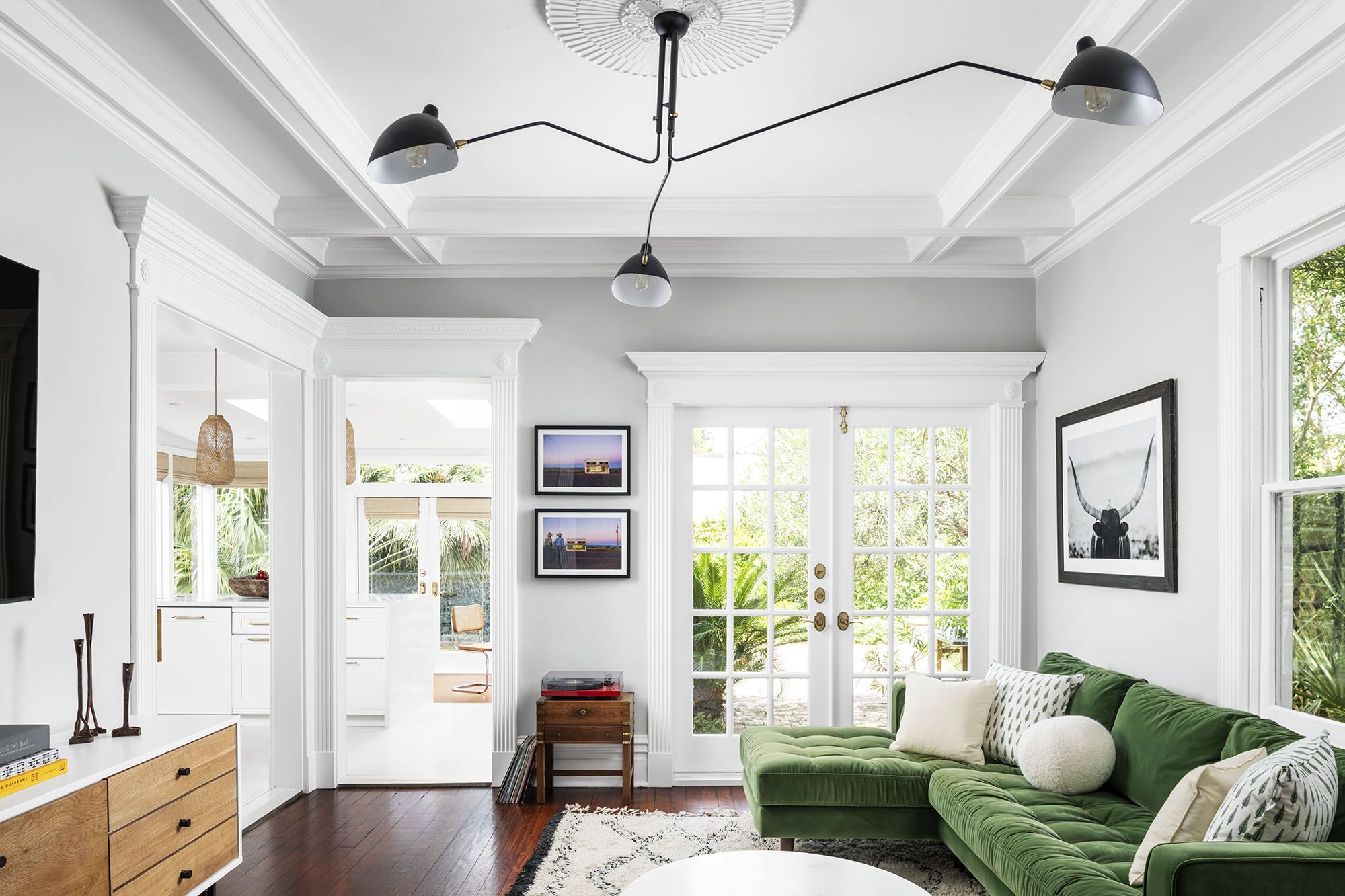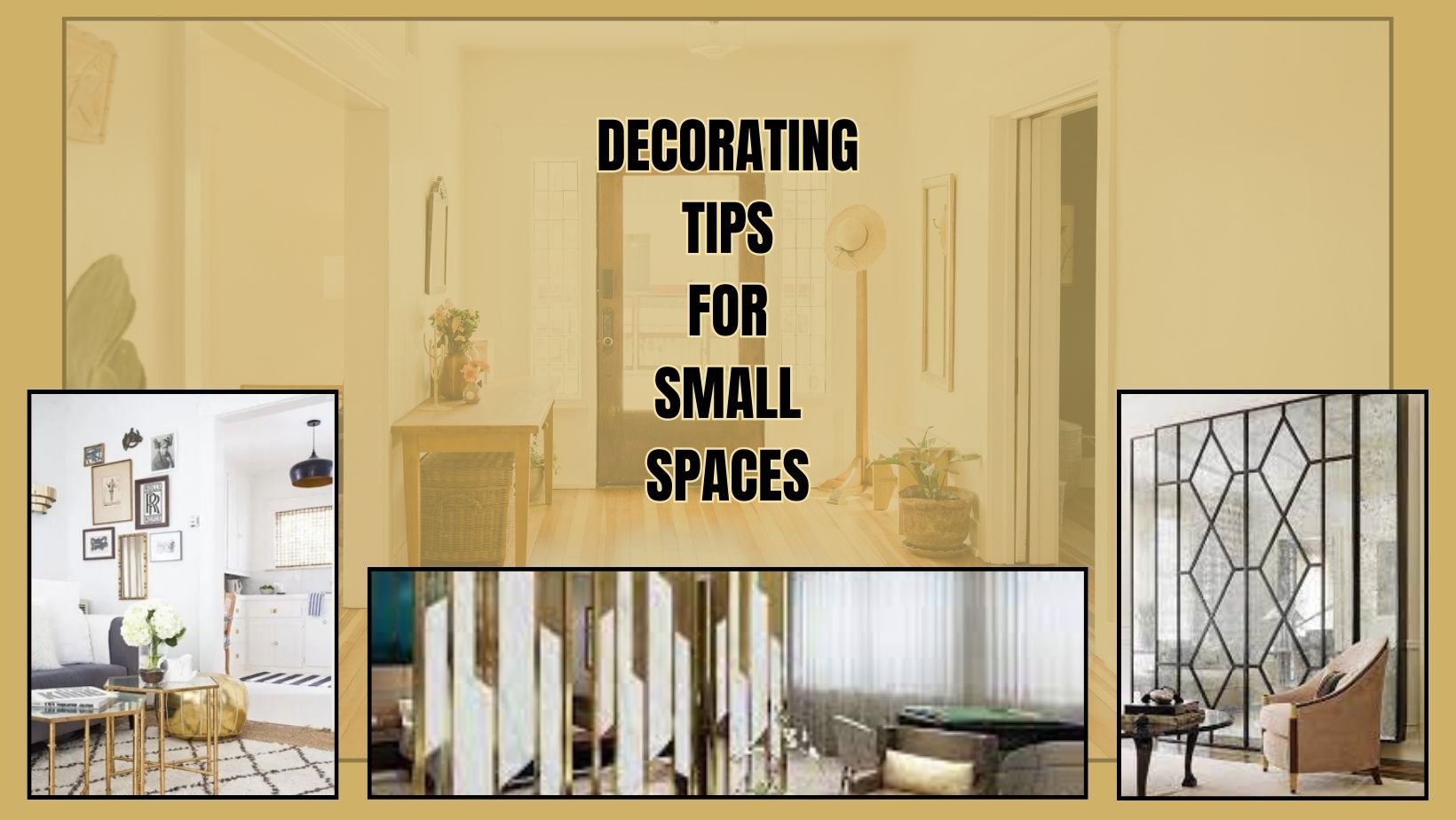The living room is the heart of any home. It’s where families gather, friends connect, and relaxation happens.
According to Feng Shui, the energy in this space can greatly affect your mood, relationships, and even health. By following Feng Shui principles, you can create a balanced, welcoming, and harmonious atmosphere. Feng Shui, an ancient Chinese practice, focuses on arranging spaces to enhance positive energy or “chi.
” In the living room, it’s all about achieving flow and balance. From furniture placement to color choices, every detail matters. Whether you’re new to Feng Shui or looking to refresh your space, understanding these rules can help. In this post, we’ll explore key Feng Shui living room rules that can bring peace, positivity, and balance to your home.
Related Article: Basic Rules of Feng Shui: Unlock Harmony at Home

Related Article: Feng Shui Tips for Beginners: Create Harmonious Spaces
Feng Shui Basics For Living Rooms
Create a balanced and welcoming space by following essential Feng Shui living room rules. Arrange furniture to encourage conversation and energy flow. Keep the area clutter-free, use soft lighting, and incorporate natural elements for harmony.
Feng Shui is all about creating harmony in your space. Your living room is a central hub for connection, relaxation, and energy exchange. Getting the basics right here can transform the way you feel in your home.
Energy Flow Principles
Energy, or “Chi,” needs to flow freely in your living room. Clutter blocks this flow, so keep pathways clear and organized. If your coffee table or furniture creates obstacles, it might be time to rethink the layout.
The placement of your furniture plays a crucial role. Position your sofa so it has a clear view of the main door. This setup, called the “command position,” helps you feel secure and in control.
Do you have sharp corners or edges pointing toward your seating area? These are called “poison arrows” in Feng Shui and can disrupt the energy. Soften them with plants, cushions, or rounded furniture.
The Importance Of Balance
Balance is key to a good Feng Shui living room. Start by blending the five elements: wood, fire, earth, metal, and water. For example, you could add a wooden coffee table (wood), a candle (fire), a ceramic vase (earth), a metal lamp (metal), and an aquarium or artwork of water (water).
Avoid overcrowding any one side of the room. If your furniture is heavy on one end, balance it out with a tall plant or bookshelf on the other side. This helps stabilize the energy and makes the space feel more inviting.
Consider symmetry in your decor. Two matching chairs or lamps on either side of the sofa create a sense of harmony. But don’t overdo it—you want balance, not boredom.
—
What’s one small change you can make to your living room today to improve its energy flow? Try it and see how the space feels different!

Credit: fengshuinexus.com
Choosing The Right Furniture
Choosing the right furniture for your living room is vital in Feng Shui. The furniture you select shapes the energy flow in the space. A well-planned layout creates a balanced and inviting environment. Each piece should contribute to harmony and comfort. Below are essential guidelines for placement, materials, and shapes.
Placement For Harmony
Place furniture to encourage smooth energy flow, also called Chi. Avoid blocking pathways with large pieces, as this disrupts balance. Arrange seating to face each other, promoting connection and conversation. Keep a clear line of sight from the main seating to the door. This placement fosters a sense of security and comfort. Avoid sharp angles pointing toward seating areas, as they create negative energy. Use rugs and side tables to anchor furniture and add stability.
Material And Shape Considerations
Choose natural materials like wood or bamboo for a calming effect. These materials align with Feng Shui principles of grounding energy. Avoid synthetic materials that may feel cold or uninviting. Select furniture with rounded edges to soften the room’s energy. Sharp corners can create tension and disrupt harmony. Use curved shapes to promote a sense of flow and relaxation. Incorporate soft fabrics and cushions to enhance comfort and warmth.
Optimizing Color Choices
Colors play a crucial role in setting the mood and energy of your living room according to Feng Shui principles. The right shades can create harmony, balance, and positivity, while poor choices might leave the space feeling chaotic or heavy. Optimizing color choices isn’t just about aesthetics—it’s about creating a living room that feels like home.
Best Colors For Energy
Choosing colors that align with the five Feng Shui elements can enhance the energy flow in your living room. Earthy tones like beige, light brown, and soft yellow can ground the space and bring stability. Shades of green, symbolizing wood, encourage growth and vitality.
If you’re looking to spark excitement and passion, bring in touches of red or orange, as they represent the fire element. Blue and black tones, tied to water, are calming and can deepen relaxation. Metallic hues like silver, gold, and white evoke the metal element, which promotes clarity and precision.
Think about the energy you want to feel in the room. Do you want a lively space for entertaining or a serene area for unwinding? Your answer should guide your color choices.
Avoiding Disruptive Tones
Not every color works well in a Feng Shui living room. Overly harsh or intense tones, like neon shades, can overwhelm the energy flow and make the room feel restless. Similarly, excessively dark colors can weigh down the space, leaving it feeling heavy.
If you’re drawn to bold colors, use them sparingly as accents rather than dominant shades. For example, a bright orange pillow or artwork can create energy without overpowering the room. Balance is key.
Ask yourself: Does this color make me feel calm and energized, or does it leave me feeling uneasy? Trust your instincts—they often align with Feng Shui principles better than you might think.
Ultimately, your living room should reflect your personality while maintaining a balanced energy. Experiment with different shades, and don’t be afraid to adjust if something feels off. Feng Shui isn’t rigid—it’s about creating a space that feels right to you.

Credit: www.goodhousekeeping.com
Enhancing Natural Light
Natural light is a key element in Feng Shui for living rooms. It energizes the space and promotes positive chi. A well-lit room feels inviting and balanced. By enhancing natural light, you can create harmony and improve the energy flow in your home.
Positioning Windows And Mirrors
Windows are natural sources of light and energy in any room. Keep them clean to let sunlight flow freely into your space. Avoid heavy curtains or blinds that block light. Opt for sheer materials to soften sunlight without darkening the room.
Mirrors are powerful tools to amplify natural light. Place them across from windows to reflect sunlight and brighten the room. Position mirrors thoughtfully to avoid reflecting clutter or harsh lighting. This ensures a calm and balanced environment.
Using Light To Boost Chi
Light is a vital aspect of chi, or life energy, in Feng Shui. Use natural light to uplift the energy of your living room. Open the curtains during the day to maximize sunlight exposure. A bright space promotes positivity and well-being.
Consider layering light sources for evenings to maintain a balanced atmosphere. Use lamps with warm tones to mimic sunlight and support relaxation. Avoid overly bright or harsh lighting that disrupts the room’s energy flow.
Decluttering For Positive Energy
Creating a harmonious living room begins with decluttering. In Feng Shui, clutter blocks positive energy, or Chi, from flowing freely. A clutter-free space invites balance, peace, and good vibes. By removing unnecessary items, you create room for energy to circulate. This simple practice can transform your living room into a sanctuary of calm and comfort.
Removing Obstacles
Start by clearing pathways in your living room. Furniture or items that block movement disrupt energy flow. Arrange furniture to create open, unobstructed walkways. Remove anything that feels out of place or unused. Consider items on coffee tables, under sofas, or in corners. Every object should add to the room’s purpose and harmony.
Pay attention to areas near doors and windows. Clutter near these spaces can block Chi from entering or leaving. Keep these zones clear to allow energy to circulate freely. Opt for minimal decorations near entry points to avoid overcrowding.
Organizing With Intention
Decluttering is not just about removing items. It’s also about organizing thoughtfully. Group similar items together to create order. Use baskets or shelves to store items neatly. Ensure everything has a designated spot to avoid future chaos.
Be mindful of what you keep on display. Choose decorations that bring joy or have personal meaning. Avoid overly sharp or aggressive shapes, as they can disrupt the room’s energy. Soft, rounded objects promote a sense of calm.
Let go of items that no longer serve you. Donate or recycle things you don’t use. This act not only clears space but also uplifts your mood. A well-organized living room radiates positive energy and feels welcoming.

Credit: www.homestratosphere.com
Incorporating Plants And Decor
Creating a harmonious living room with Feng Shui involves thoughtful choices in plants and decor. These elements influence the energy flow and promote balance in the space. Plants and decor pieces should not only enhance aesthetics but also support a calm and positive atmosphere.
Best Plants For Harmony
Certain plants are ideal for fostering good energy in Feng Shui. Bamboo is a popular choice for attracting positivity and growth. Peace lilies purify the air and create a serene environment. Money plants symbolize prosperity and balance energy flow. Avoid sharp or spiky plants like cacti, as they can disrupt harmony.
Place plants in areas with natural light to keep them healthy. Avoid cluttering the space with too many plants. Choose pots and planters in colors that complement your room’s palette.
Decor Elements For Balance
Decor items should reflect balance and calmness. Mirrors can expand the space and enhance positive energy. Round or oval shapes in decor symbolize unity and softness. Incorporate artwork or sculptures that evoke feelings of peace.
Choose colors that align with Feng Shui principles. Earth tones create stability, while blues and greens inspire relaxation. Avoid sharp or overly busy patterns that may disturb the flow of energy.
Place decorative items thoughtfully to maintain balance. Avoid overcrowding shelves or tables with too many objects.
Creating A Relaxation Zone
When designing your living room, creating a relaxation zone is essential for achieving harmony and peace in your home. Feng Shui emphasizes the importance of balance, comfort, and calmness in your living space. By focusing on how you arrange furniture and include soothing elements, you can turn your living room into a true sanctuary.
Arranging Seating For Peace
Seating plays a crucial role in establishing the energy of your living room. Place your sofa and chairs in a way that encourages connection and comfort. A semicircular arrangement works well to invite conversation while maintaining a sense of openness.
Avoid placing seating directly in line with the front door. This prevents overwhelming energy from flowing directly toward you. If you can, position the main seating area so that it offers a clear view of the door without being too close to it.
Ensure every seat has a supportive element like a wall or sturdy furniture behind it. This creates a sense of security and stability for anyone sitting there. Don’t you feel more relaxed when you know your back is protected?
Incorporating Calming Elements
Bring nature into your living room to enhance its tranquility. Add a few green plants like peace lilies or bamboo, as they purify the air and create a fresh, calming vibe. If you can’t maintain real plants, choose high-quality artificial ones to capture the same effect.
Lighting also affects your relaxation zone. Use soft, warm lighting from table lamps or string lights instead of harsh overhead bulbs. Add dimmers if possible, so you can adjust the brightness based on your mood.
Don’t underestimate the power of textures. Soft rugs, cozy blankets, and plush throw pillows invite you to unwind. Choose colors that promote relaxation, such as soft blues, greens, or neutral tones. Which textures and colors make you feel most at ease?
By thoughtfully arranging your seating and adding calming elements, your living room can become more than just a place to sit—it can become your personal retreat.
Avoiding Common Feng Shui Mistakes
Feng Shui is about creating balance and harmony in your home. Many people unintentionally make mistakes that disrupt energy flow. These errors can affect the room’s purpose and feel. Understanding common mistakes helps you design a peaceful and welcoming space.
Misaligned Furniture Placement
Furniture placement influences the energy flow in your living room. Avoid blocking the main entrance with large furniture. This disrupts the free flow of energy, or chi, into the room. Place your sofa against a solid wall for support and stability. Chairs should face each other to encourage conversation and connection. Ensure there’s enough room to walk around freely without feeling cramped. Misaligned furniture creates discomfort and unease for guests and family members.
Overloading The Space
A cluttered living room blocks energy flow and creates stress. Keep furniture and decor minimal for a clean, open feel. Avoid overloading the space with too many decorations or bulky items. Large furniture in a small room makes it feel suffocating. Choose pieces that fit the room’s size and purpose. Allow natural light to flow by keeping windows clear of heavy curtains or objects. A balanced space promotes relaxation and positive energy in the home.
Conclusion
Creating a balanced living room with Feng Shui is simple and rewarding. Focus on harmony, proper furniture placement, and natural light. Declutter to improve energy flow and create a peaceful space. Add plants, soft colors, or calming elements for a warm atmosphere.
Small changes can make your living room feel more inviting and relaxing. Keep the space functional yet cozy for everyone. Remember, a harmonious living room supports a harmonious life. Start with one change today and enjoy the positive energy it brings.
Related Article: Feng Shui Bedroom Rules: Transform Your Sleep & Energy
- Best Electric Pressure Washers for Powerful and Efficient Home Cleaning - October 22, 2025
- Best Riding Lawn Mowers for Powerful and Efficient Lawn Care - September 11, 2025
- Best Cheap Smart Door Lock: Enhance Home Security with Ease - August 21, 2025



